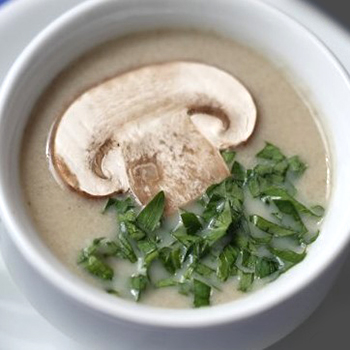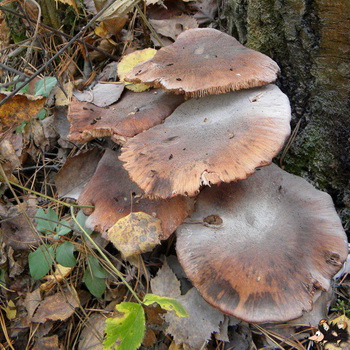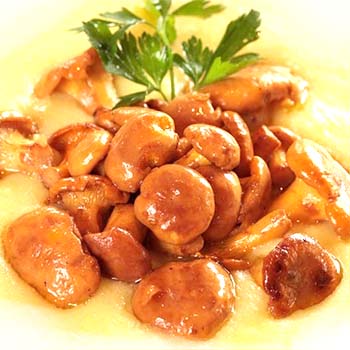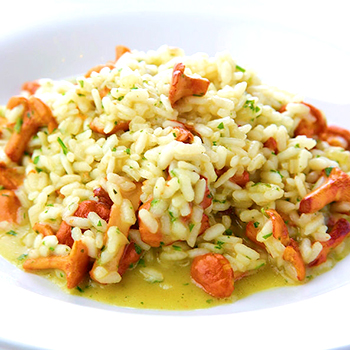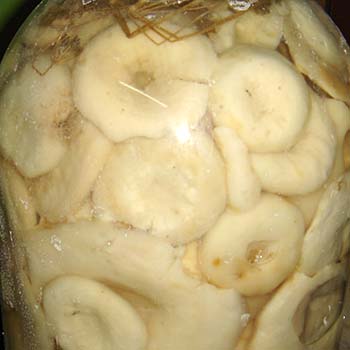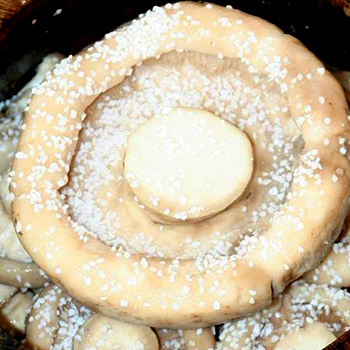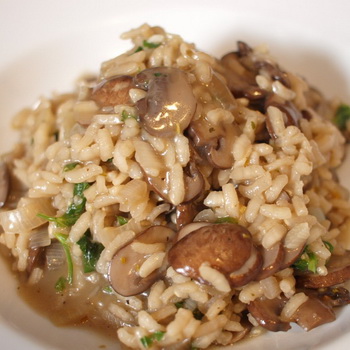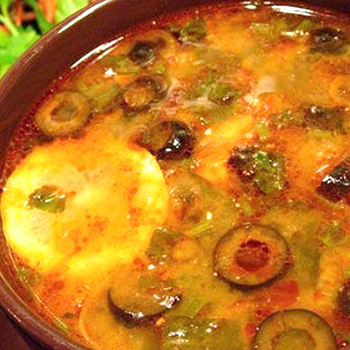What dung mushrooms look like
 Despite the "tasteless" name, dung beetles can be eaten. True, only at a young age, until their hat plates turned dark. Dung beetles got their name because of the place of growth - most often these "gifts of the forest" can be found in meadows and pastures with humus-rich soil.
Despite the "tasteless" name, dung beetles can be eaten. True, only at a young age, until their hat plates turned dark. Dung beetles got their name because of the place of growth - most often these "gifts of the forest" can be found in meadows and pastures with humus-rich soil.
Check out the photos and descriptions of various types of dung mushrooms.
White dung mushroom: photo and description
Dung beetle mushroom (Coprinus comatus) has a white fruiting body, ovoid, covered with a common veil, subsequently the veil is torn. The cap of this lamellar mushroom is up to 10 cm in diameter, bell-shaped, white, thin, covered with yellowish scales. The plates are first white, later pink and black, then blur into a black liquid.


Leg up to 15 cm tall, thickened at the base, hollow, with a baggy sheath, silky, hollow, off-white, with a narrow ring at the top.
It grows on manure and humus soil: in meadows, pastures, in abandoned greenhouses, garbage heaps.
Occurs from May to September.
The mushroom is edible only at a young age, while the plates are white.
Gray dung beetles with a photo: ordinary and ink
Here you will learn what the common dung beetle and ink beetle look like - varieties of gray dung beetle.


Common gray dung(Coprinus cinereus) - cap lamellar mushroom. The cap is up to 3 cm in diameter, at a young age it is cylindrical, shaggy, at a mature age it is wide-bell-shaped, fissured. The plates are white at first, black in old mushrooms, quickly spreading into a black liquid.
Leg up to 10 cm tall, hollow, slightly thickened downwards.
It grows on manured, humus-rich soil.
Occurs from July to September.
The mushroom is edible only at a young age, until the plates darken.


Gray ink dropper(Coprinus atramentharius) - cap lamellar mushroom. The cap is up to 10 cm in diameter, first ovoid, then bell-shaped, gray or grayish-brown, darker in the center, with brown small scales. The pulp is light, quickly darkening, with a sweetish taste. Look at the photo: the gray dung beetle has wide plates, at first white, then reddening and black. The mature mushroom gradually dissolves into a black liquid.
Leg up to 20 cm tall, white, brownish at the base, with a white ring that disappears over time, hollow.
It grows on manured, humus-rich soil: on pastures, fields, vegetable gardens, near manure and compost heaps, near tree trunks and stumps.
Occurs from August to October.
The mushroom is edible only at a young age, while the plates are white. It is consumed fried, boiled and pickled.
Shimmering dung beetle mushroom and its photo
Shimmering dung beetle (Coprinus micaceus) - cap lamellar mushroom. The cap is up to 3 cm in diameter, in young mushrooms it is ovoid, then bell-shaped, red or yellowish-rusty, thin, with frequent grooves, covered with shiny scales, then disappearing. The pulp is pale yellow. The plates are frequent, first brown, then dark brown, black at the end, spreading into a black liquid.


Leg up to 4 cm tall, white, flexible, hollow inside.
Grows in large groups on pastures, in orchards and vegetable gardens, in the forest near rotting stumps.
Occurs from late May to October.
The mushroom is edible only at a young age, until the plates darken. It is consumed fried, boiled and pickled.

